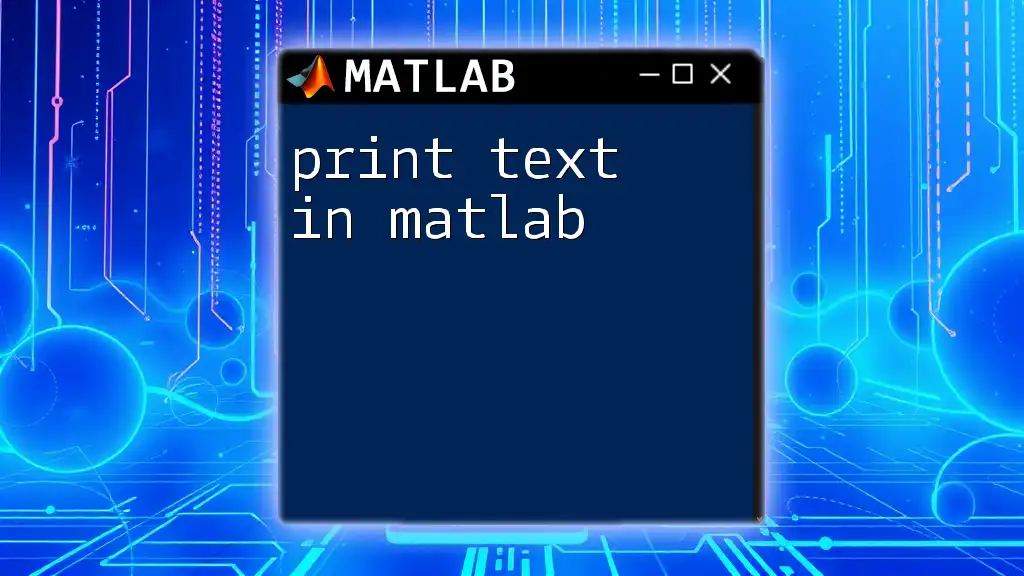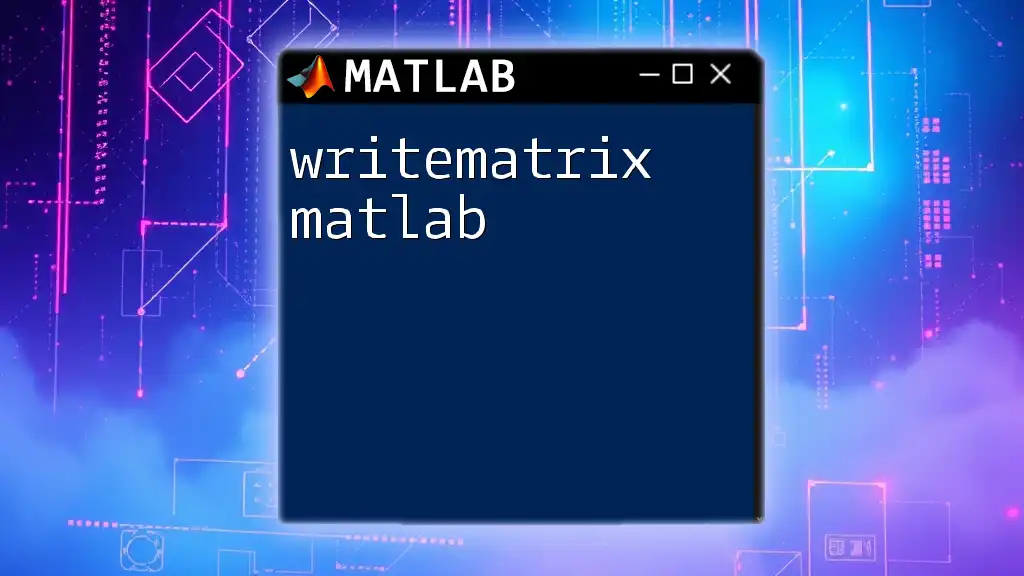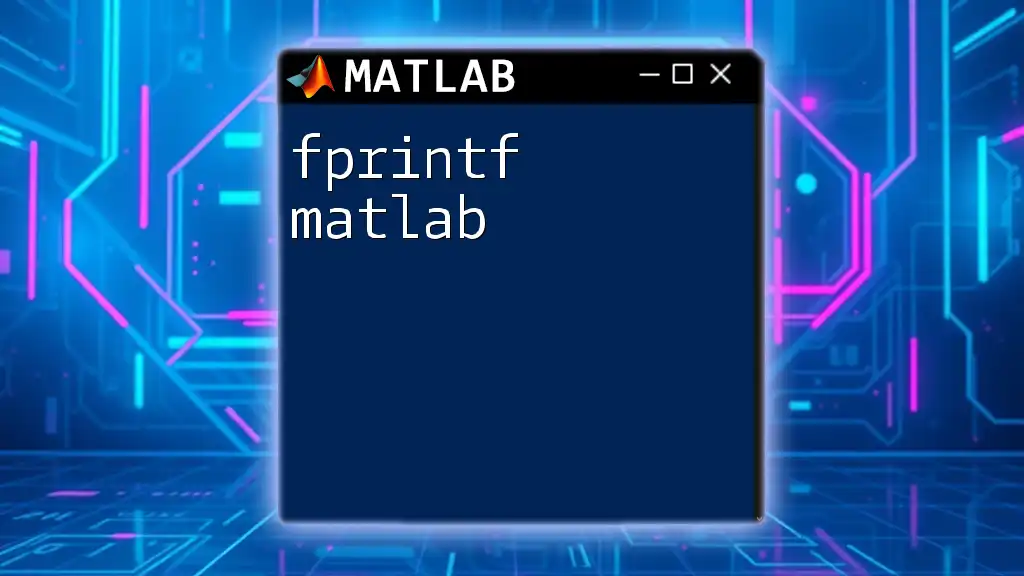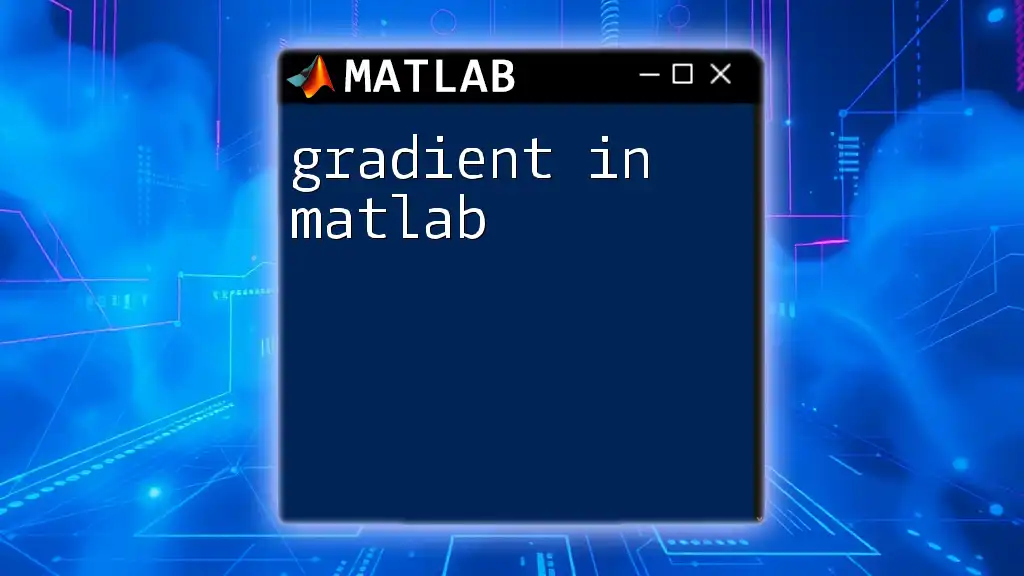To print text in MATLAB, you can use the `disp` or `fprintf` functions, which allow you to display messages in the Command Window.
Here’s a code snippet for both methods:
% Using disp function
disp('Hello, World!')
% Using fprintf function
fprintf('Hello, World!\n')
Understanding Text Output in MATLAB
What is Text Output?
Text output in MATLAB serves a vital role in programming by allowing developers to communicate key information during the execution of their scripts. It helps in debugging, provides notifications to users, and documents the flow of operations within the code. Whether you're informing a user of progress or displaying variable values for debugging, knowing how to effectively print text in MATLAB is crucial.
Types of Text Output
- Standard Output: By default, MATLAB displays text output directly in the Command Window. This is often the simplest method to convey information.
- Formatted Output: When clarity and precision are required, formatted output can significantly enhance readability. This is typically achieved using commands like `fprintf`.
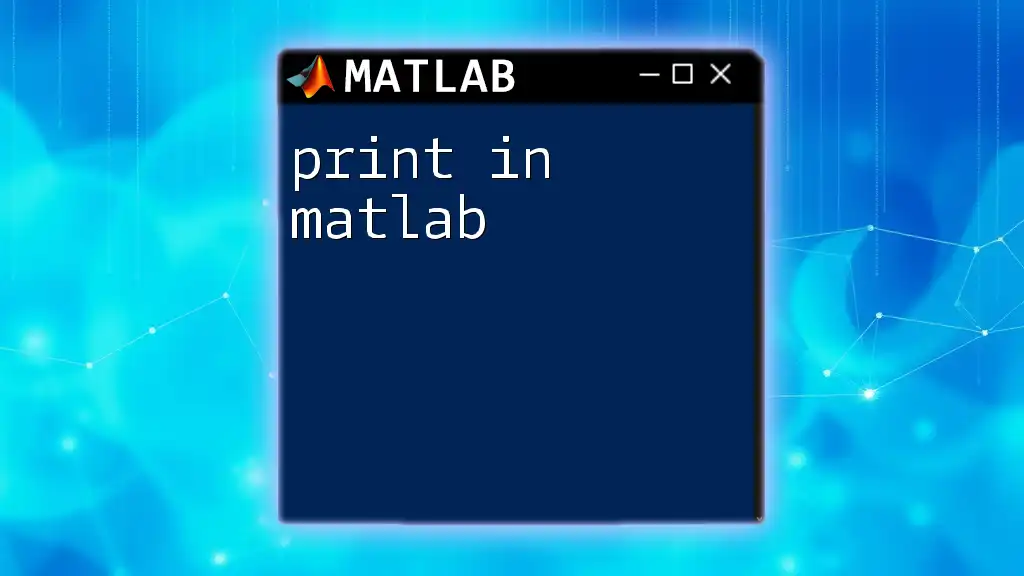
Basic Commands for Printing Text
Using `disp()`
The `disp()` function provides a straightforward way to display text messages without any formatting.
Syntax:
disp(value)
Example:
disp('Hello, World!');
Explanation: The `disp()` function prints whatever value is provided as its argument directly to the Command Window. It’s perfect for quickly showing strings or other types of data without additional formatting requirements.
Using `fprintf()`
For more control over how text is displayed, MATLAB provides the `fprintf()` function. This command allows formatted output, which can be particularly useful for displaying variables within a string context.
Syntax:
fprintf(formatSpec, A, ...)
Example:
name = 'Alice';
age = 30;
fprintf('My name is %s and I am %d years old.\n', name, age);
Explanation: In this example, the `fprintf()` function uses placeholders (`%s` for strings and `%d` for integers) to format the output. This allows you to combine static text with dynamic variables seamlessly. The `\n` at the end signifies a newline, ensuring that subsequent outputs appear on a new line.

Advanced Text Output Techniques
Combining Text and Variables
Using `sprintf()`
While `fprintf()` outputs text directly to the Command Window, `sprintf()` lets you store formatted text in a variable.
Syntax:
str = sprintf(formatSpec, A, ...)
Example:
str = sprintf('Value of Pi: %.2f', pi);
disp(str);
Explanation: The `sprintf()` function creates a formatted string that can be stored in a variable for later use, making it flexible for scenarios where you want to manipulate or reuse the output.
Newline and Special Characters
Incorporating Newlines
Including newline characters in output can enhance readability, especially when showing lists or steps.
Example:
fprintf('Line 1\nLine 2\n');
Explanation: The `\n` character is interpreted as a new line in the output. Using it effectively can help structure outputs clearly, separating different parts of the message.
Customizing Output with `fprintf()`
Format Specifiers
Various format specifiers in `fprintf()` allow for detailed customization of output types, enhancing precision in display.
Common Specifiers:
- `%d`: For integers
- `%f`: For floating-point numbers
- `%s`: For strings
Example:
fprintf('Number: %.3f\n', 3.14159);
Explanation: Here, the `%.3f` specifier formats the floating-point number `3.14159` to three decimal places. Understanding and using these specifiers can greatly influence how information is presented, improving clarity and professionalism.
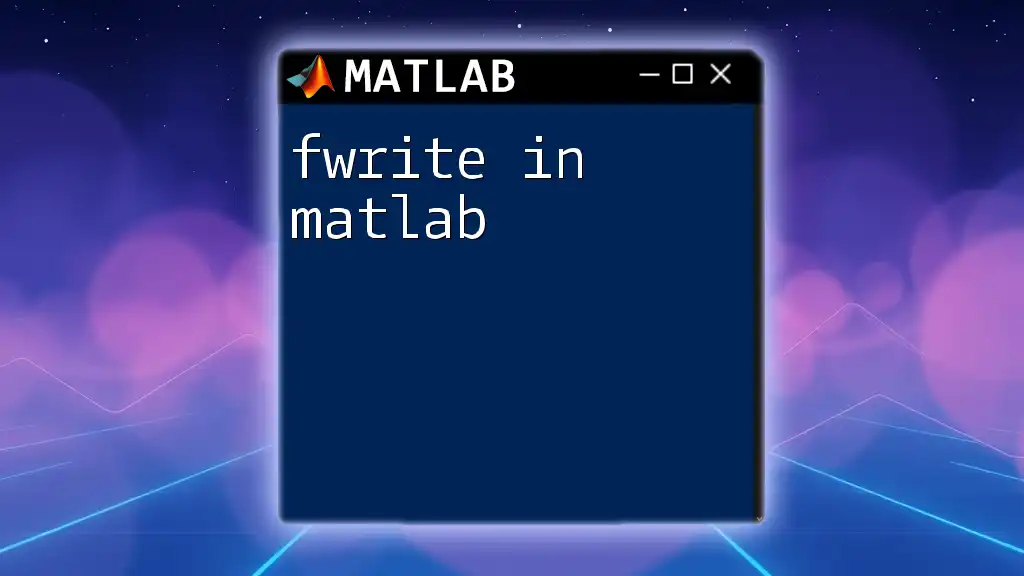
Practical Applications
Debugging with Print Statements
Incorporating print statements can be incredibly helpful when debugging. By simply outputting variable values, developers can track the flow of their scripts and identify where issues may arise.
Example:
value = 10;
fprintf('Current value: %d\n', value);
Explanation: This print statement shows the current value of a variable during execution, making it easier to understand the program's state at any given point.
User Interaction
Utilizing print statements to inform users about the progress of processes can lead to enhanced user experience. A simple message can make a script's operation feel more interactive.
Example:
disp('Processing data, please wait...');
Explanation: This line provides feedback to the user, indicating that a lengthy operation is in progress. Such messages can alleviate confusion and enhance the usability of your scripts.

Error Handling and Warnings
Indicating Errors to Users
Effective communication of errors through print statements is essential. Clear error messages can guide users toward fixing problems.
Example:
error('Input must be a positive integer.');
Explanation: The `error()` function generates an error message, stopping execution and providing the user with clarity about what went wrong. This is critical for developing user-friendly applications.
Displaying Warnings
Similarly, warning messages can be displayed using the `warning()` function, which does not halt execution but alerts the user to potential issues.
Example:
warning('This feature is deprecated.');
Explanation: A warning message can inform users of issues that may not prevent operation but require attention, thus maintaining overall application integrity.
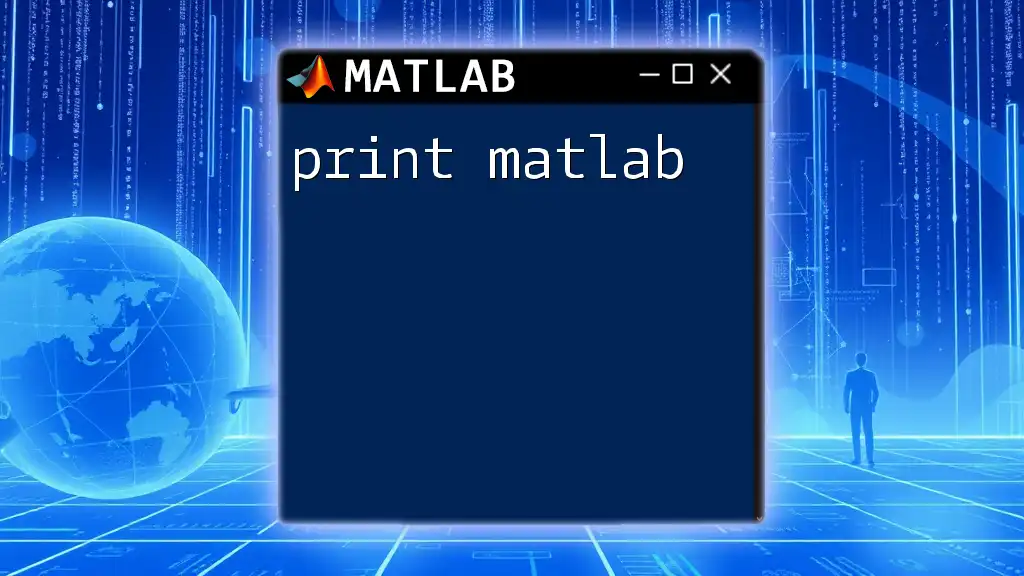
Conclusion
In summary, mastering how to print text in MATLAB enhances your programming capabilities. Whether for debugging, user feedback, or error signaling, knowing the right commands and methods is foundational for effective MATLAB usage.
Explore these techniques in practice, and don’t hesitate to experiment with different combinations to find what best suits your needs.

Call to Action
Subscribe for more insightful articles and tutorials on MATLAB! We welcome you to share your experiences or any questions you may have in the comments section below.

